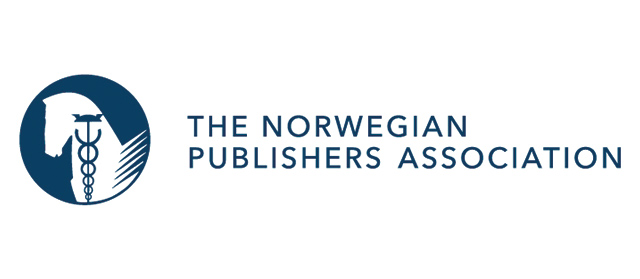Who is the reader today? What does it mean to read today? These are the questions that led the meeting Gli altri modi di leggere (The Other Ways of Reading), in December at Più libri più liberi, organized by the Italian Publishers Association (AIE) in collaboration with Aldus Up.
Giovanni Peresson (head of the AIE Studies Office) pointed out that reading is always a self-perception of the reader, with all that this implies in terms of the difficulty in representing the phenomenon: “A difficulty that has further increased upon entering the digital ecosystem.”
In fact, the AIE research finds 17 percent of Italians who read only online or on smartphones. These are people who enjoy editorial content on social networks, specialized websites or dedicated fanficition sites, but who are not familiar with books, even in electronic or audio versions. “This is an audience that can be intercepted by publishers,” Peresson notes, “but it also poses critical issues: we are talking about people with low literacy skills who may have difficulty approaching more articulate reading systems.”
The data also show how the percentage of people who refuse any kind of reading is declining, from 16 percent in 2017 to 14 percent in 2019, and then to 11 percent in 2022. “Soft reading” of digital content, in short, seems to be taking quotas away from non-reading.
What questions does this scenario pose for institutional players involved in reading promotion? “We are getting used to thinking of the book as something different: a book that can be listened to, looked at, interacted with as well as read. But when we have to define the word reading, the resistance is greater,” comments Angelo Piero Cappello, the director of the Italian Centro per il libro e la lettura (Center for Books and Reading). “For younger readers, the book has become multichannel and reading is being transformed. Demonizing other ways of reading is short-sighted and deleterious.”
Cappello also reflects on the possible limitations of the neuroscientific approach. “Current studies show a correlation between neural map depletion and digital reading compared to print reading, but we cannot know what will happen with digital native people, whose brains have been formed since birth in contact with the digital ecosystem.”
“The digital ecosystem leaves space for all media,” clarifies Elisa Salamini, co-founder of Mamamò, a portal dedicated to digital education for children, teens and adults, “it works by integration and not by substitution. When a story is narrated in the digital ecosystem, in fact, the entry point for the user to that story becomes secondary. But it is probable that his or her exploration of that story will continue across multiple media and formats.
Salamini also points out how “the other reader,” the reader of more than just books, is honing his or her skills of choice, consciously selecting the platforms and services to subscribe to and investing time and resources in fruition.
So how do we cross the road of “other reading forms” with the promotion of traditional reading? “For the public sector to adapt to change is more difficult than for the private sector,” Cappello notes. “Today the norms governing the promotion of reading are still very much tied to the book as an object and its possession. But the consumption of cultural content is developing differently, just think of streaming platforms.” Reducing the distance, and the age gap, between those who make the laws and those affected by their enforcement could be a good starting point.
 By
By 

















